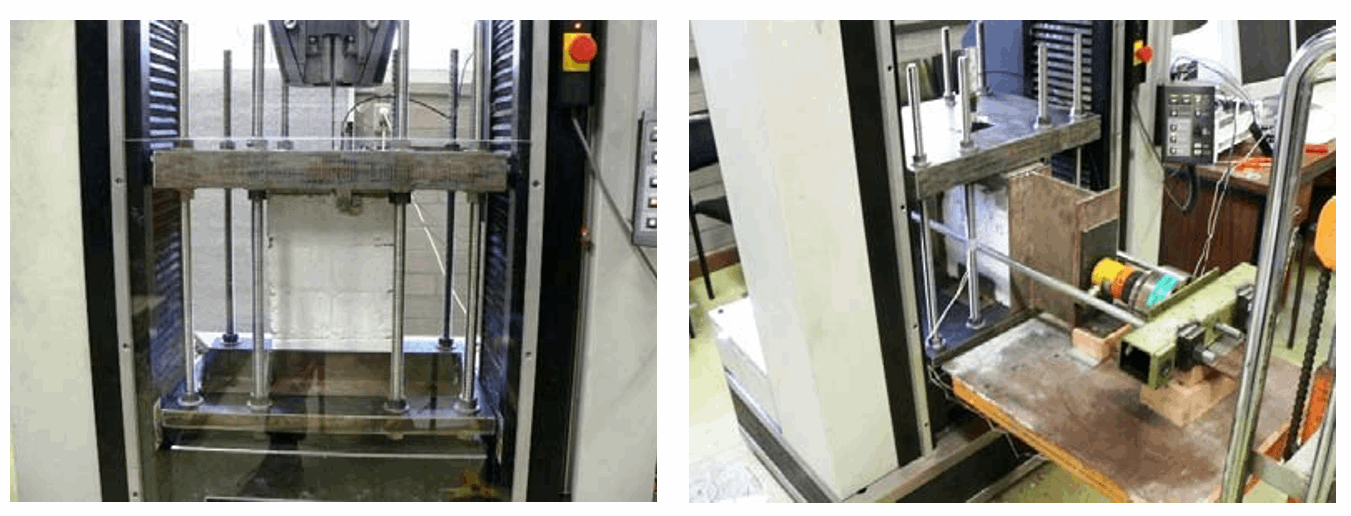R.B. Petersen1, M.J. Masia2 and R. Seracino3
- PhD Candidate, Centre for Infrastructure Performance and Reliability, School of Engineering, The University of Newcastle, Callaghan, NSW, Australia
- Senior Lecturer, Centre for Infrastructure Performance and Reliability, School of Engineering, The University of Newcastle, Callaghan, NSW, Australia
- Associate Professor, Dept. of Civil, Construction, and Environmental Engineering, North Carolina State University, Raleigh, NC 27695-7533, USA
ABSTRACT
Inserting fibre reinforced polymer (FRP) strips into pre-cut grooves is an emerging technique for the retrofitting/strengthening of unreinforced masonry (URM) structures. This method, known as near surface mounting (NSM), provides significant advantages over externally bonded FRP strips in that it has less of an effect on the aesthetics of a structure and can sustain higher loading before debonding. As this technique is relatively new, few studies into the behaviour of masonry walls strengthened using this technique have been conducted. A combined experimental and numerical program was conducted to study the in-plane shear behaviour of masonry walls strengthened with NSM carbon FRP strips. Different reinforcement orientations were used, including: vertical; horizontal; and a combination of both. The FRP strips were designed to resist sliding along mortar bed joints and diagonal cracking. The first stage of the project involved characterising the bond between the FRP and the masonry using experimental pull tests (18 in total). The second stage of the project involved conducting diagonal tension/shear tests on masonry panels (4 URM and 7 strengthened). The third stage of the project involved developing a finite element model to help understand the experimental results. A general overview of the project, highlighting the main conclusions, is provided in this paper. In general, the FRP reinforcement was effective: it prevented the URM failure modes, and increased the ultimate load and ductility of the walls. Also, the finite element model reproduced the key behaviours observed during the experimental diagonal tension/shear tests.
KEYWORDS: bond, finite element, FRP, masonry, NSM, shear.
A5-5



